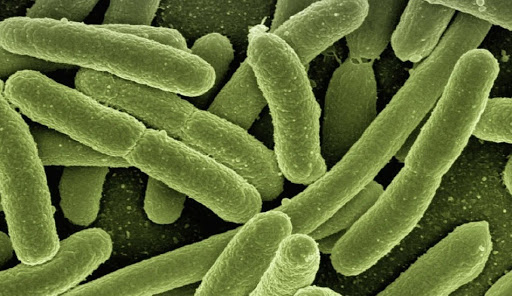Biological transmutations have been gaining increasing interest in the past few decades. In physics, nuclear transmutation is the process of converting one isotope of an element into another chemical element. During this process, the number of neutrons or protons in the nucleus of the resulting element will be different from the original one. A French scientist named Corentin Louis Kervran (1901 to 1983) proposed that such nuclear transmutations occur in living organisms too, a claim that was initially mocked by mainstream scientists.
Biological transmutations
According to the law of conservation of mass, the amount of each element is preserved in all chemical reactions. In the 60s, Kervran claimed that he has found the law to be violated by biological systems. In his experiments, Kervran discovered that living organisms can transmute calcium from potassium utilizing nuclear fusion during the process of developing an eggshell.
He proposed that biological transmutations can be triggered by enzymes using the weak nuclear force. However, as biological systems are incapable of having the pressure, temperature, and speed necessary for such chemical reactions, Kervran’s claim goes against the basic physical laws that are believed to be applicable to all conditions and scales. Kervran counters it by stating that physical laws do not apply to biological reactions. Kervran’s theory was largely neglected during his lifetime. He was even given the Ig Nobel Prize in 1993, a satirical award given to unusual or trivial achievements in science. The description of the award stated that Kervran was an “ardent admirer of alchemy.”

In the 1990s, Ukrainian scientist Vladimir Vysotskii offered what is considered to be the evidence and physical explanation for biological transmutation. He showed that some strains of bacteria and yeast are able to transmute metals like manganese into iron. These strains also had the ability to speed up the decay of radioactive cesium, converting it into a form of barium. While the original cesium had a half-life of 30 years, the newly formed barium only had a half-life of 310 days. In 2015, Hideo Kozima from Japan proposed a theory called ‘Trapped Neutron Cold Fusion’ which is a unified model of both cold fusion and biological transmutation. His theory was based on the experiments conducted by Vysotskii.
Biological transmutations in nature
There are numerous examples of biological transmutations in nature. For instance, mitochondria are known to perform alchemical transformations. “First, mitochondria are capable of producing more energy than would be expected according to classical laws of physics and biochemistry (an implication of which is that they are accessing free energy from the quantum vacuum), and second, mitochondria act like microscopic particle accelerators, with the resultant energy generated enabling the cell to transform elements into one another,” according to the Regenerate Project.
People who work in desert conditions are known to transmute potassium into calcium so as to cool themselves. Every single human being converts nitrogen gas into oxygen and carbon compounds, which are basically carbohydrates. This is akin to saying that we are creating food from the air. When seeds sprout, they create various elements as a result. These are all instances of biological transmutations. The heat in the volcanoes comes from transmuting oxygen and hydrogen from water into silicon and sulfur. Lightning is known to transmute Nitrogen gas into Carbon-14.

The field of biological transmutations is only starting to open up. In the future, more research will be conducted on the subject, which can lead to truly fascinating discoveries and inventions. Imagine creating bacteria that can turn copper or lead into gold, just like what the alchemists of ancient times dreamed of.







